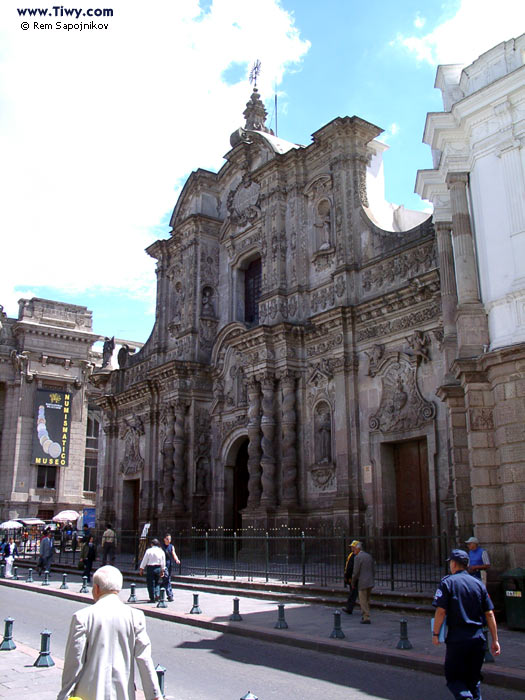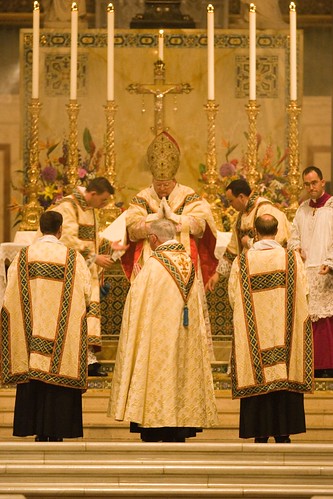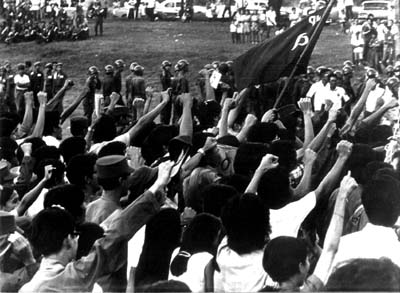 Leach played a big role at Saint Mary's University
Leach played a big role at Saint Mary's University 2007 Hall of Fame inductee helped shape athletics at the school.
The Daily NewsSaint Mary's University's Sport Hall of Fame added three more student-athlete greats to its growing enrolment during last Saturday's 2007 induction ceremonies. Given their incredible records of performance at SMU, one might assume that basketball legends John Gallinaugh and Lee Thomas from the 1970s Huskies and celebrated multi-sport all-star of the 1950s Father George Leach were automatic choices. Who would dispute such impeccable credentials? Thomas, Leach and Gallinaugh were much more than extremely gifted athletes; they were leaders and role models who set personal standards and made a difference in their respective generations at Saint Mary's. Gallinaugh and Thomas were integral parts of the basketball Huskies dynasty from 1973 to 1976, which included the university's first national athletic championship months before the football Huskies matched the honour with their 1973 CIAU championship. The journey to that first hoops title and the roles that Thomas and Gallinaugh played in winning it was well documented in my colleague Alex J. Walling's personal recall of events in the Sept. 23 edition of The Sunday Daily News.Twenty years earlier, a young Dartmouthian named George Leach had a somewhat similar impact on a still developing Saint Mary's athletic program at a time when multi-sport participation was permitted. With a much smaller student body and shorter schedules in all disciplines, it was a major advantage to have good students with special skills to distribute among various sports. Leach fit the role like few others: top of the line academically and exceptional in football, hockey and basketball.As Saint Mary's High School quarterback, who shared fullback duties in the days of two-way football, Leach led the Saints, as they were then known, to the Nova Scotia title in 1954 before graduating to the varsity team in 1955 as part of the Canadian Junior Football League. By 1956, with Leach at the controls, SMU won every league game en route to the Maritime final in Fredericton and a Hail Mary touchdown pass by Leach in the last seconds pulled the Saints from behind to victory over the St. Thomas Tommies.That made it three in a row for the gridiron Santamarians and marked the end of a remarkable career at Saint Mary's.In 1957, George Leach left his engineering studies at the college to follow his heart into theology, and entered the Jesuit Order in Guelph, Ont., to make a much larger mark in a much larger world.His old Saint Mary's teammate, New Waterford native and retired Canadian diplomat Peter Fraser, came in from his Seattle home last weekend with fond remembrances to present his old friend for induction. "As teammates," he said, "we remember Father Leach as not only a gracious, humorous and humble priest of today, but also as a symbol of good amateur athleticism in the 1950s." During the 50 years of his distinguished priestly work that brought him back to his roots a decade ago, Leach has maintained the sense of teamwork that has allowed him to get things done in his field across Canada and beyond. His abilities to manage his time and bring people together in common purpose are most impressive.His work has largely focused on the humanities, creation of programs for adult faith development, service among the aboriginals of Northern Ontario and most recently being extremely active at Brunswick Street's Hope Cottage. Last fall, he returned to become more involved again with Saint Mary's athletic programs as chaplain for SMU students, the consummate role model for attaining higher purposes in life.Saint Mary's Sport Hall of Fame and Heritage Centre gained three more outstanding members with glittering personal credentials last weekend. It doesn't get any better than that. Link to original article (here)


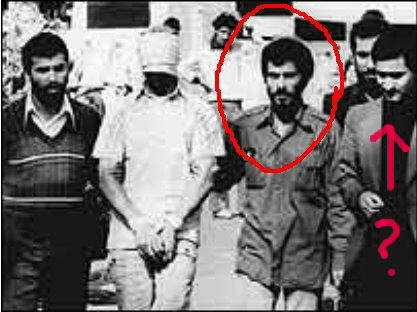

 Probe of theologian raises concerns
Probe of theologian raises concerns


 The church's sexual-abuse scandal has also taken its toll. Catholics felt that the bishops--many of them accused of enabling pedophile priests--were arrogantly evading the same kind of penance they demand from their flocks. "The very teachers of the sacrament of confession seemed to be ignoring a constitutive part of that sacrament," says the
The church's sexual-abuse scandal has also taken its toll. Catholics felt that the bishops--many of them accused of enabling pedophile priests--were arrogantly evading the same kind of penance they demand from their flocks. "The very teachers of the sacrament of confession seemed to be ignoring a constitutive part of that sacrament," says the 

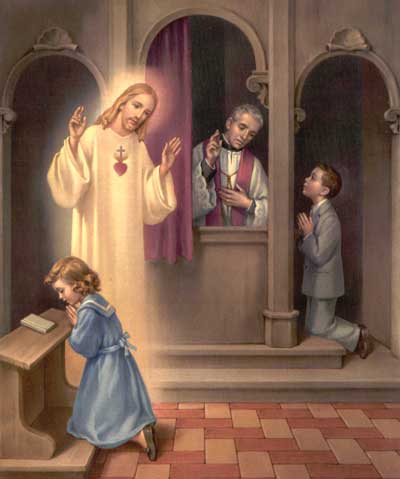
 Holy Spirit Mass meets social justice
Holy Spirit Mass meets social justice



